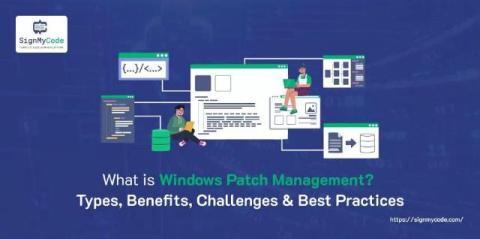AI in the enterprise: 3 ways to mitigate AI's security and privacy risks
Artificial Intelligence (AI) has the potential to revolutionize how businesses operate. But with this exciting advancement come new challenges that cannot be ignored. For proactive security and IT leaders, prioritizing security and privacy in AI can’t simply be a box-checking exercise; it's the key to unlocking the full potential of this wave of innovation.











